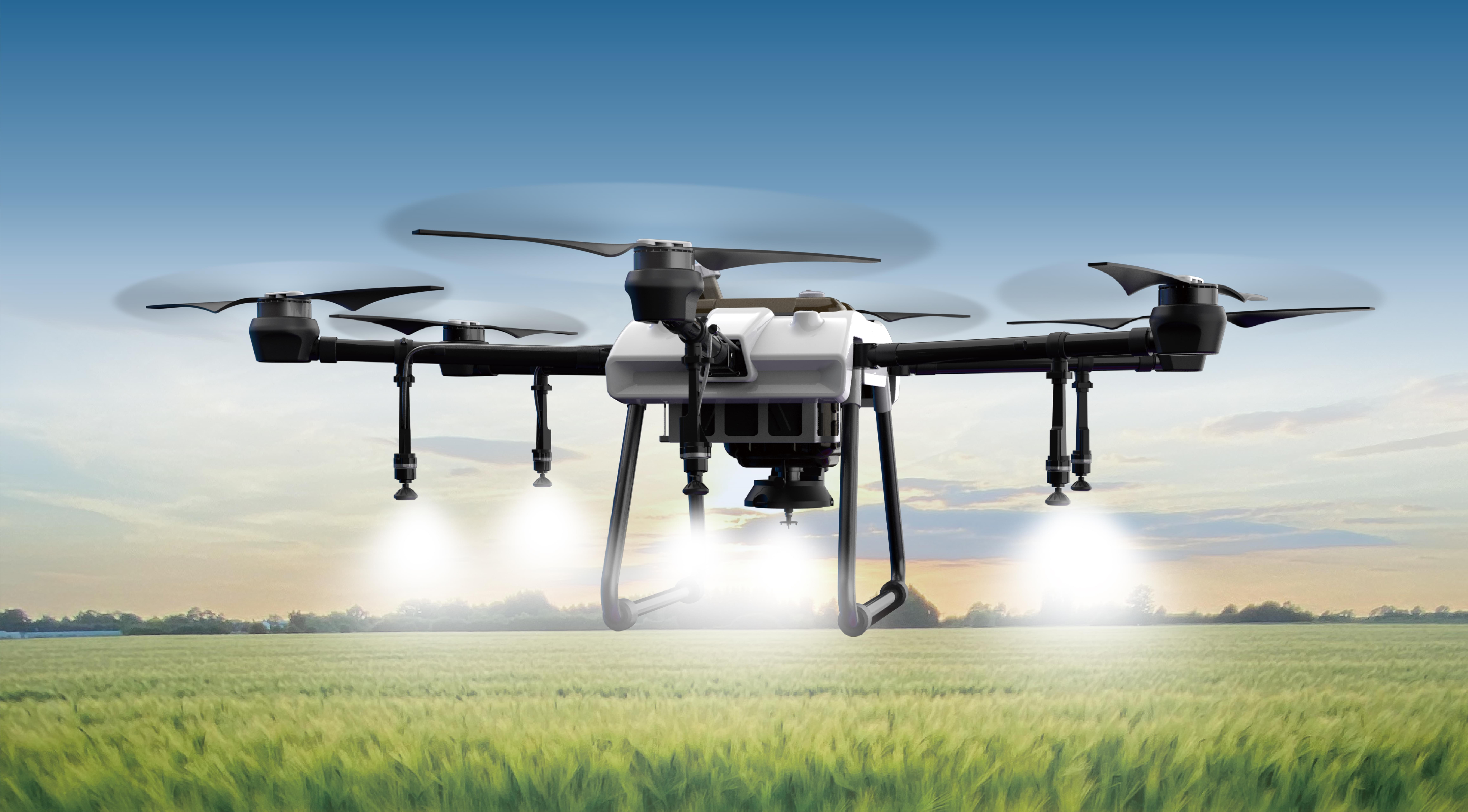Unleashing Creativity: Mastering Servo Motor Control with Arduino
Imagine a world where your simple ideas can come to life through movement—the waving hand of a robot, the opening of a robotic arm, or even a tiny camera rotating to capture the perfect shot. At the heart of many such projects lies the humble yet powerful servo motor, a tiny device capable of precise angular positioning. When paired with an Arduino microcontroller, servo motors become your digital puppets, responding seamlessly to your commands.

Understanding the Servo Motor and Arduino Connection The first step in controlling a servo motor with Arduino is understanding how they work together. Servo motors are designed to rotate to specific angles, usually within a range of 0° to 180°, and hold that position with high accuracy. They consist of a motor, a feedback mechanism, and a control circuit—all compactly integrated. This setup allows for straightforward control via PWM (Pulse Width Modulation) signals.
Arduino, with its user-friendly programming environment and multiple digital I/O pins, simplifies the process. The digital pins can output PWM signals that tell the servo how much to turn. Usually, these signals are a series of pulses—where the width of the pulse (in microseconds) corresponds to a particular angle of rotation.
Getting Started: Connecting Your Servo to Arduino Before jumping into the code, it’s essential to connect everything properly. You’ll need a servo motor, a compatible power supply, and an Arduino board (Uno, Mega, Nano, or any other). The connections typically are:
Signal (PWM) Pin: Connect to a digital PWM pin on Arduino (e.g., pin 9) Power (Vcc): Connect to 5V power supply (or 6V if your servo recommends it) Ground (GND): Connect to GND on Arduino and power supply
Always remember: servos can draw more current than the Arduino's 5V pin can supply safely. If you’re using larger servos, a separate power source is recommended to prevent damaging your Arduino.
Basic Arduino Code for Controlling a Servo
Here's a simple sketch to control the servo's rotation:
#include Servo myServo; // create a servo object to control a servo int pos = 0; // variable to store the servo position void setup() { myServo.attach(9); // attaches the servo on pin 9 } void loop() { for (pos = 0; pos <= 180; pos += 1) { // go from 0° to 180° myServo.write(pos); // tell servo to go to position 'pos' delay(15); // waits 15ms for the servo to reach the position } for (pos = 180; pos >= 0; pos -= 1) { // go back from 180° to 0° myServo.write(pos); delay(15); } }
This code smoothly sweeps the servo from 0° to 180° and back, creating a gentle waving motion. It exemplifies how simple it is to invoke positional control with just a few lines of code.
Exploring PWM for Precise Control
While the Servo library simplifies control, understanding PWM is valuable. PWM signals are pulses sent repeatedly within a cycle. The width of each pulse—measured in microseconds—determines the servo position:
1 ms pulse corresponds approximately to 0° 1.5 ms pulse corresponds approximately to 90° 2 ms pulse corresponds approximately to 180°
In Arduino, these are abstracted by the write() function, but if you want to customize timings or understand the underlying mechanism, you can generate raw PWM signals using analogWrite() (though it's limited for servo control) or direct timer manipulation.
Controlling Multiple Servos
If your project involves several servo motors—perhaps a robotic arm with multiple joints—managing each individually requires additional code. Using multiple Servo objects, you can easily control up to 12 servos on most Arduino boards:
#include Servo servo1; Servo servo2; void setup() { servo1.attach(9); servo2.attach(10); } void loop() { servo1.write(90); // position servo 1 at 90° delay(1000); servo2.write(45); // position servo 2 at 45° delay(1000); }
This simple code snippet enables coordinated movements, opening the door to more complex robotics.
Adding Interactivity: Sensors and Feedback
Many enthusiasts start with basic control but soon want more. Incorporating sensors, such as potentiometers or distance sensors, transforms static commands into adaptive systems.
For instance, using a potentiometer to manually control servo position:
#include Servo myServo; int sensorPin = A0; // potentiometer connected to analog pin A0 int val = 0; void setup() { myServo.attach(9); } void loop() { val = analogRead(sensorPin); // read the potentiometer int angle = map(val, 0, 1023, 0, 180); // scale it to 0-180 myServo.write(angle); delay(15); }
This code reads a potentiometer and maps its value directly to servo angle, enabling manual control through a simple dial.
Part 2 will delve into advanced control techniques, custom code modifications, troubleshooting, and real-world project ideas to push your servo-based creations even further. Stay tuned for inspiration and technical mastery!
Would you like to proceed with Part 2 now?
Kpower has delivered professional drive system solutions to over 500 enterprise clients globally with products covering various fields such as Smart Home Systems, Automatic Electronics, Robotics, Precision Agriculture, Drones, and Industrial Automation.




































